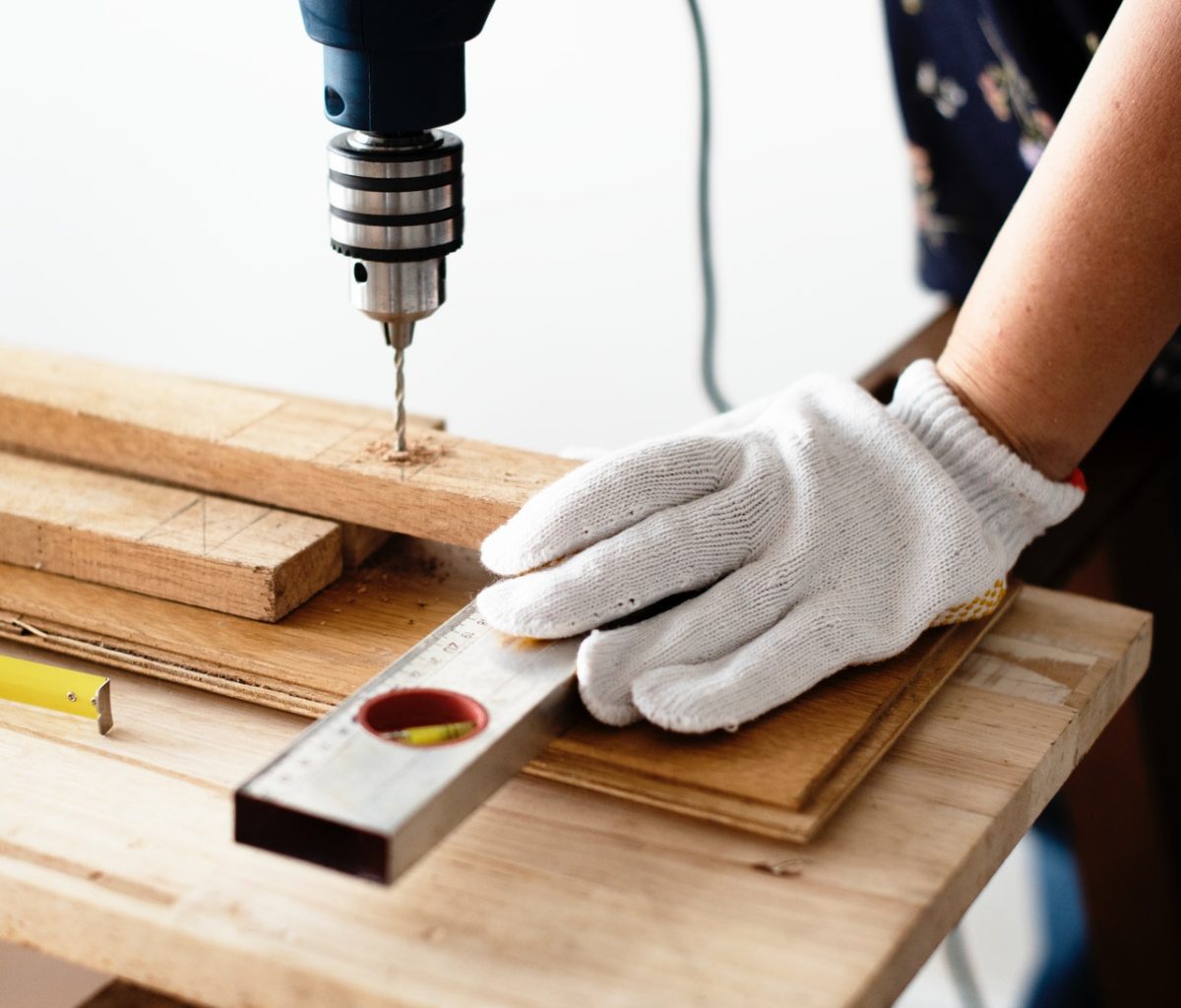What First-Time Home Buyers Should Know About Fixer-Uppers
A perfect home can be hard to find these days, especially if you’re a first-time home buyer on a budget.
That could be why nearly 60% of home shoppers age 18-34, many of whom may be buying for the first time, say they’re open to a house that needs renovations, according to a 2019 survey from Realtor.com.
Fixer-uppers — existing homes in need of updates or repairs — usually sell for less per square foot than homes that are in good shape, says Dan Bawden, president and CEO of Legal Eagle Contractors in Houston, Texas.
But before you start bargain hunting, you may want to practice your deep cleansing breaths. Simple projects can become complicated once the demolition starts, and if costs end up higher than estimated, finishing your to-do list can take longer than you think.
Use these pointers to help decide if buying a fixer-upper is right for you.
1. Buying a fixer-upper can be a shortcut to homeownership
Because they need improvements, fixer-uppers are typically priced at a discount and may get passed over by buyers who can pay for move-in-ready homes. Also, homes that need work are still eligible for loans with relaxed requirements, like 3% minimum down payments or the ability to qualify with a credit score in the 500s.
2. It matters which mortgage you choose
Renovation loans let you finance a house and improvements at the same time. With a renovation loan, you can pay off improvements over a longer period of time and at a lower interest rate than other types of financing. Options include:
- FHA 203(k): Offered through the Federal Housing Administration, FHA 203(k) loans allow lower income and credit scores than conventional mortgages. They can be used for most improvement projects.
- VA renovation loan: The Department of Veterans Affairs recently updated its VA loan guidelines to include the purchase and renovation of a home. A VA-approved contractor is required, eligible projects are somewhat limited and your lender may charge a construction fee.
- HomeStyle: Guaranteed by Fannie Mae, HomeStyle mortgages require higher credit scores than FHA 203(k) loans. But almost any improvements are eligible, including “luxuries” like a pool or landscaping.
- CHOICERenovation loan: Guaranteed by Freddie Mac, this mortgage allows improvements that help homes withstand natural disasters, among other upgrades. And borrowers can make repairs themselves to earn a down payment credit.
A renovation loan may help cover your mortgage payments if you have to live elsewhere while improvements are in progress and may include extra funds in case projects exceed the estimated cost.
3. Match the house to your skills and budget
“There’s less-than-perfect shape and then there’s total disrepair,” says Carolyn Morganbesser, senior manager of mortgage originations at Affinity Federal Credit Union in New Jersey. Hire a professional contractor to estimate the cost of all the work that’s needed before you make an offer. The house that’s right for you depends on your skills, schedule and the way you plan to finance the improvements.
If you get a traditional mortgage, you’ll have to pay for upgrades with cash, a credit card or a personal loan. These boot-strapped financing options might put a low ceiling on your budget and limit you to one project at a time, so a home that needs simpler repairs may be right for you.
A renovation loan can expand your budget and allow you to tackle larger projects simultaneously, which may make it more reasonable to buy a house that needs a lot of work.
And whether you DIY or hire a pro, don’t be surprised if there are roadblocks along the way. “It always takes longer than you thought it was going to take because that’s the nature of remodeling,” Bawden says.
If your fixer-upper is a foreclosure, brace for delays during the mortgage offer process as well, Morganbesser adds. You’ll be negotiating with the bank that owns the property, and they may reject your offer more than once, she says. That makes for a slow start to a project that could take months.
4. Your lender will be watching
Renovation loans often require extra consultations, inspections and appraisals designed to protect your lender’s investment.
A standard FHA 203(k) loan, for example, requires you to hire a HUD consultant who’ll approve your plans, manage contractor payments and inspect the property after each phase of work is complete.
Using the CHOICERenovation loan’s sweat equity provision means you’ll go through two appraisals — before and after improvements. The appraiser will confirm that workmanship and materials match what’s promised in the contract, and that the newly renovated home lives up to its estimated value.
Don’t be frustrated by these additional hurdles; they help to ensure the work is on-time, on-budget and up to snuff.
5. You’ll create a home that’s uniquely yours
There’s no doubt that buying a fixer-upper is more work than a move-in ready house, but the reward most likely will match the effort.
When the dust clears and the paint dries, your first home will be full of personal touches rather than the remnants of someone else’s life.
A house that’s just how you want it without the premium price tag of new construction? Now that’s a first-time home buyer’s dream.
The article What First-Time Home Buyers Should Know About Fixer-Uppers originally appeared on NerdWallet.


